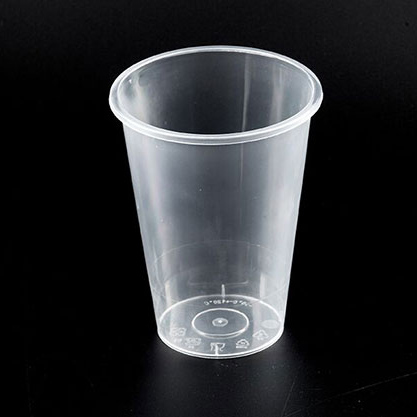Keep your fromage fresh for as long as possible.
Renee Schettler is a writer, editor, and yoga teacher with nearly three decades of experience in print and digital media. Highlights: * Assistant food editor at the Washington Post * Food editor at Real Simple * Deputy Editor at Martha Stewart Living * Yoga teacher * Freelance editor and writer of lifestyle content * Senior editor of Yoga Magazine Thin Wall Temper Resistant Package Mold

Your party's over, and now it's time to put away the leftover finger foods–including several cubes on your cheese platter. Learn how to store your cheese in the fridge the right way, and it will last—and taste better—until you've eaten every last morsel.
This guide details how to properly wrap and store different varieties of cheese. From this moment on, give your precious cheese the care it deserves, whether you're eating Gouda, lactose-free cheese, or the healthiest cheese in your refrigerator.
Hard, aged cheeses (Parmigiano-Reggiano, aged Gouda): First wrap in wax or parchment paper, then add a layer of plastic wrap.
Blue cheeses (Gorgonzola, Roquefort): Wrap in plastic wrap.
Semi-hard and hard cheeses (Cheddar, Swiss, Gruyere): Wrap in plastic wrap.
Soft, semi-soft, and stinky cheeses (goat, Camembert, Brie, Limburger): Place in a resealable plastic container.
Fresh cheeses in water (mozzarella or Feta): Leave the cheese in the original packaging, changing the water every couple of days.

Plastic Bowl Molds By clicking “Accept All Cookies”, you agree to the storing of cookies on your device to enhance site navigation, analyze site usage, and assist in our marketing efforts.